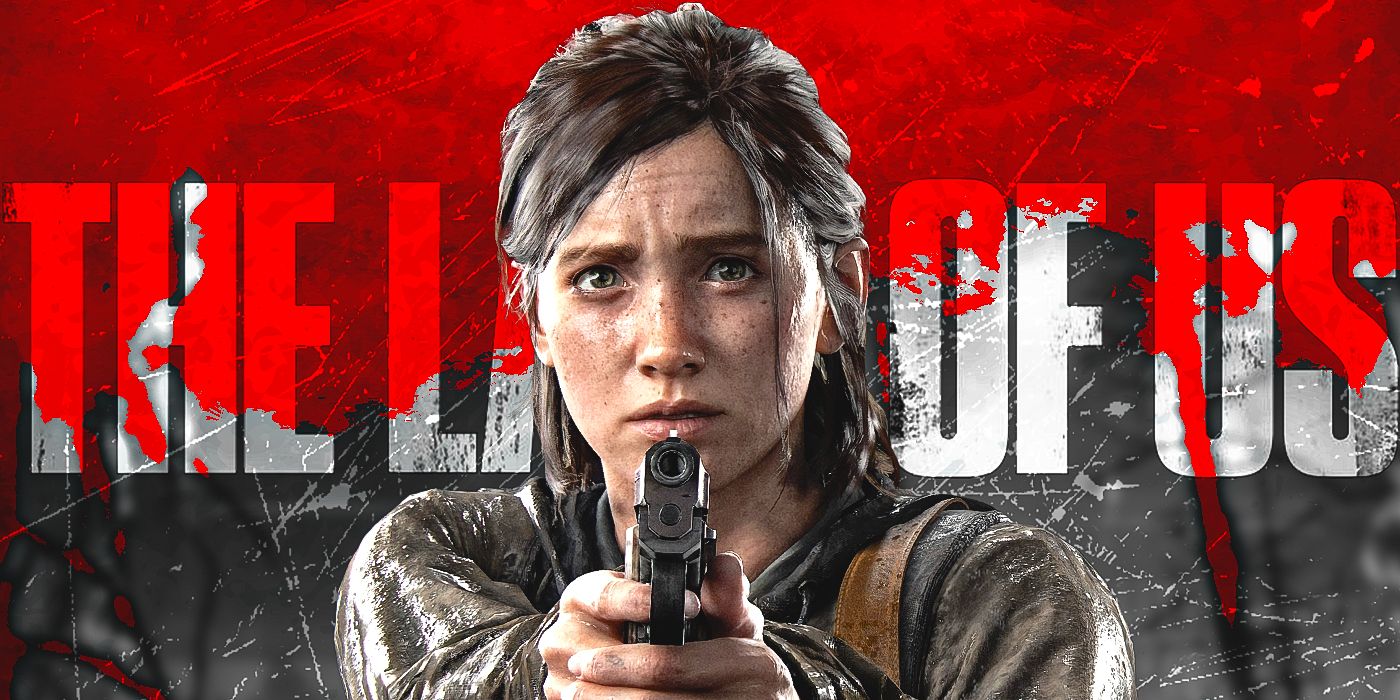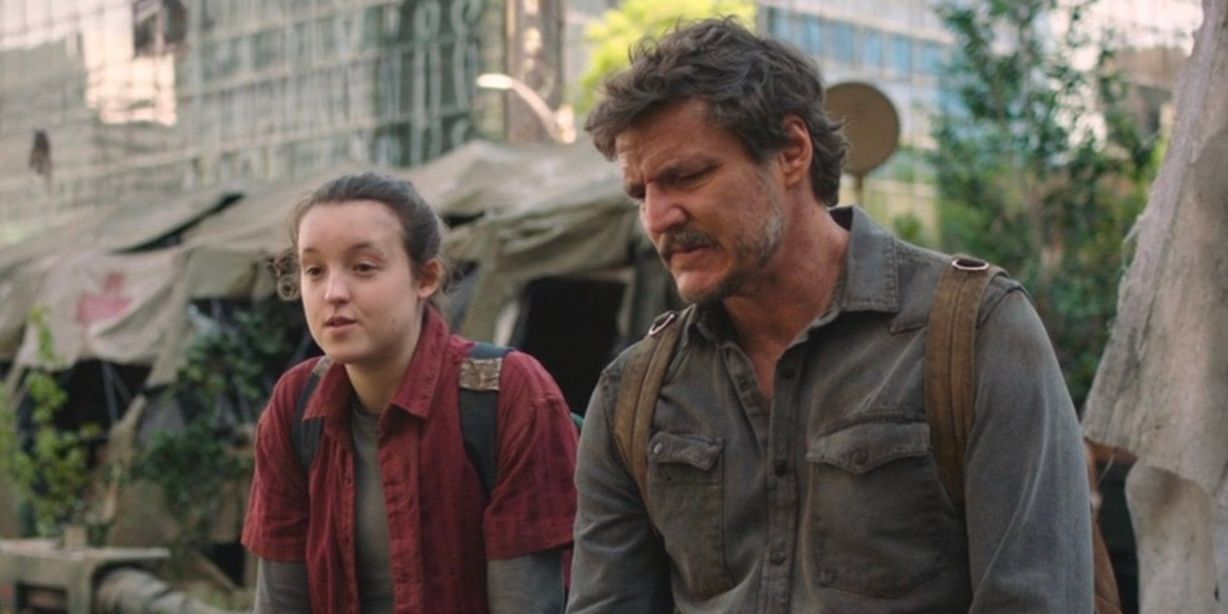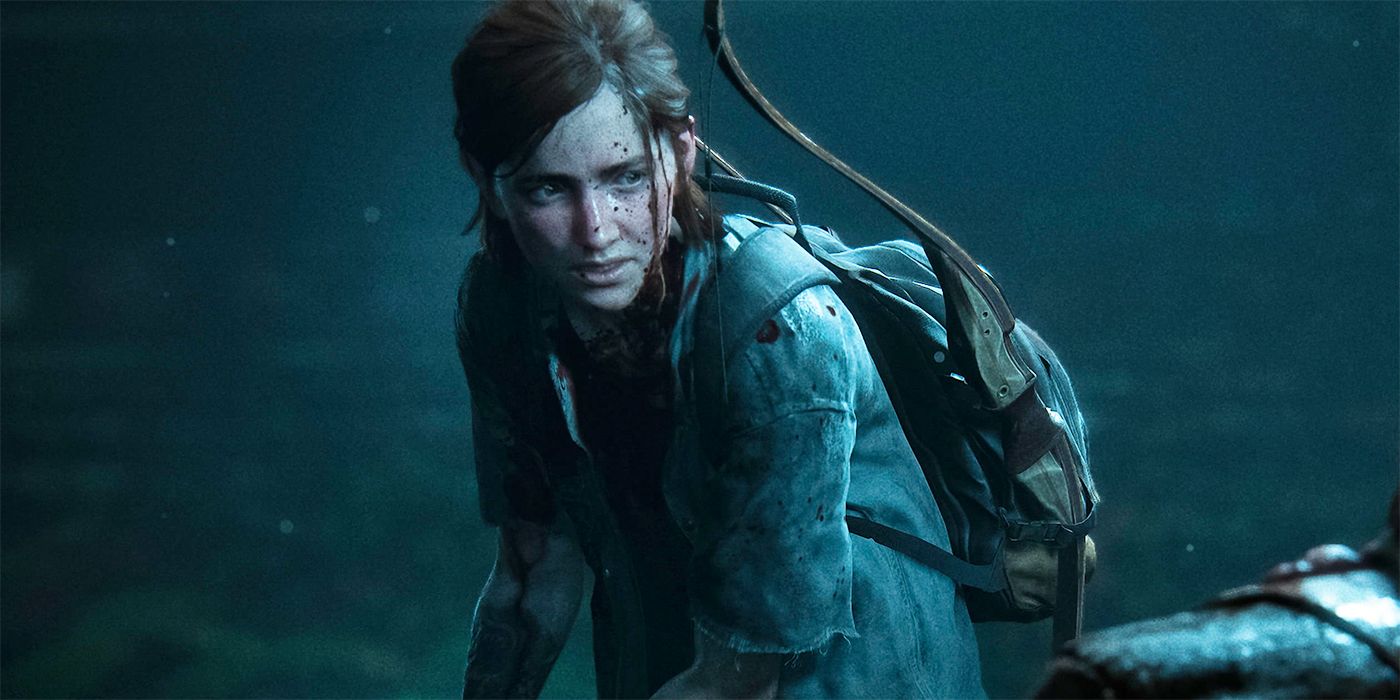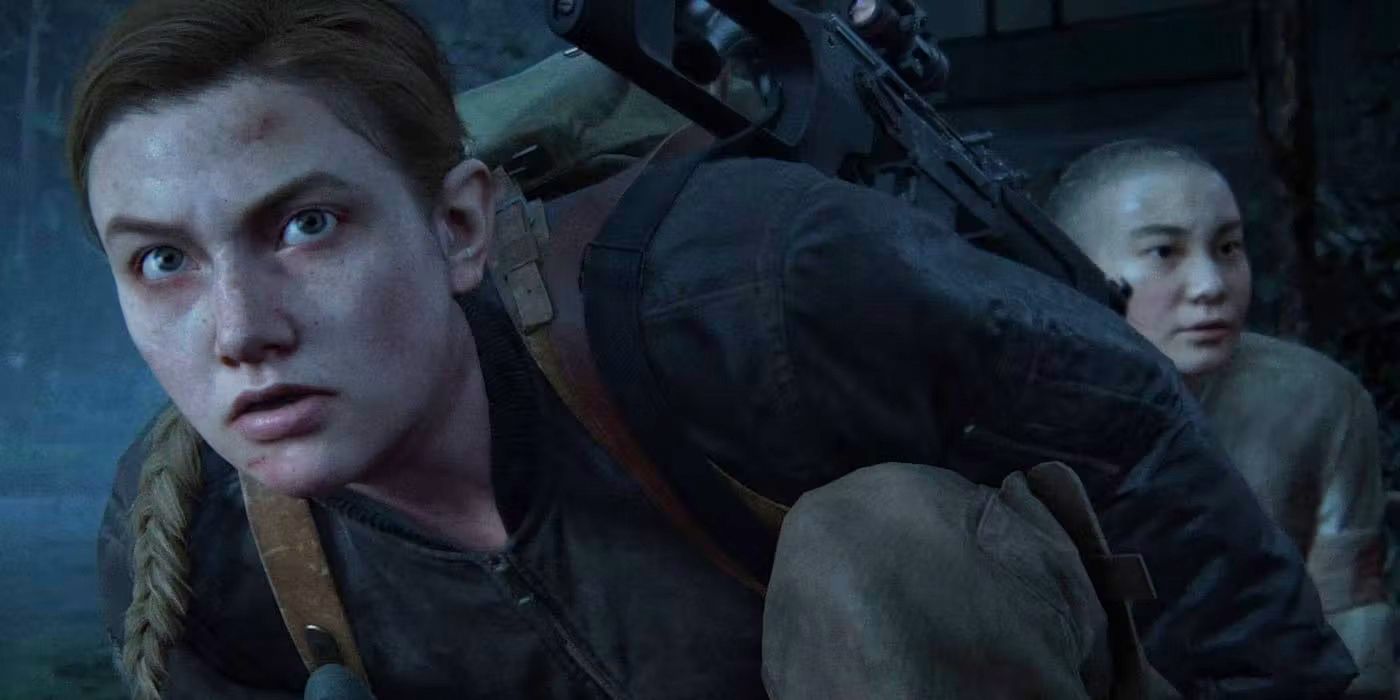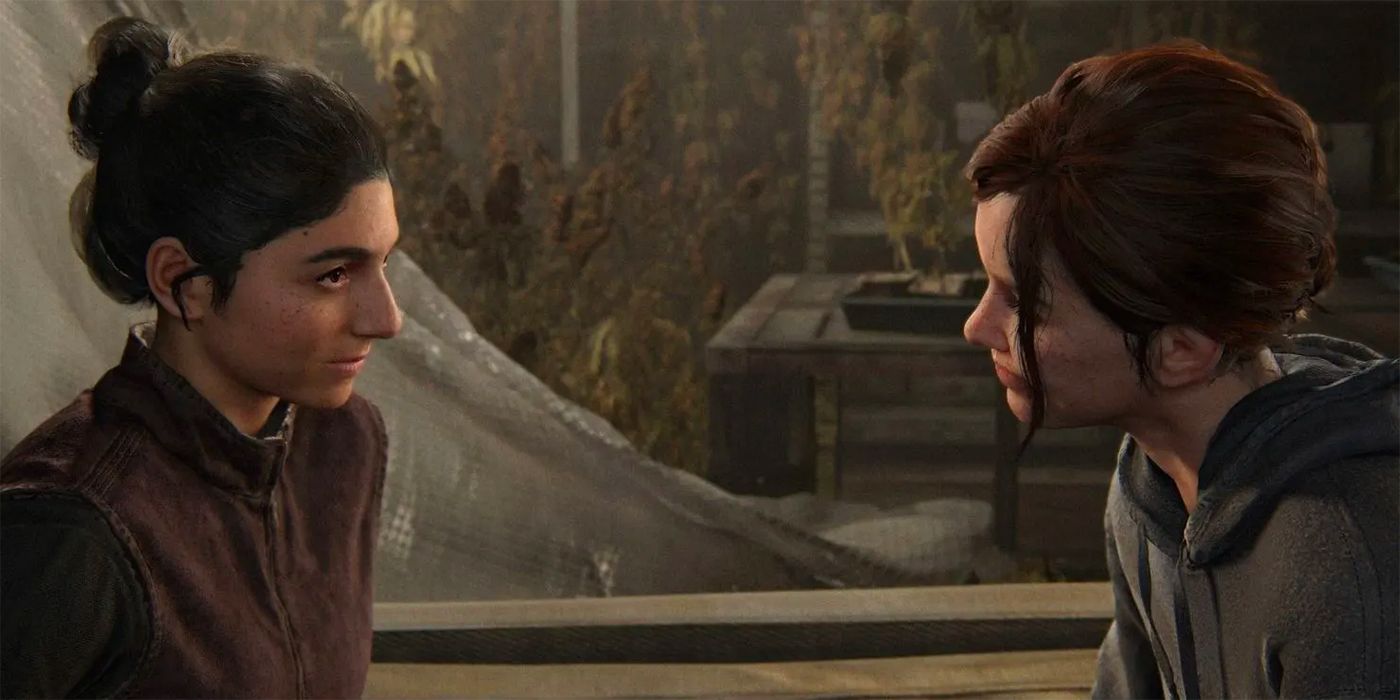Editor's Note: The following contains spoilers from Season 1 of The Last of Us.The first season of HBO's The Last of Us has just wrapped up, and it's only natural to want to see more of the world that was lovingly and carefully adapted by Craig Mazin and Neil Druckmann. Since the show's first season ended right where the original video game did, the sensible follow-up would be to adapt the game's sequel, The Last of Us: Part II. This game is the latest entry in the series and was released back in June 2020. However, as fans of the game series are no doubt wondering, just how the hell can HBO adapt the second part of The Last of Us and pull it off as well as they did for the first game?
If you're new to the franchise and HBO's adaptation was your first entry into the series, you may be scratching your head right now. One great season and storyline will beget another, right? Absolutely, but making the necessary changes and translating Part II from the gaming space to TV screens is quite a different animal in and of itself. Mazin and Druckmann are surely no strangers to making changes where they're needed, and the first season proves that it's entirely possible to expand the world on-screen while keeping the core tenets of the game intact. But for fans who haven't played or watched any aspect of The Last of Us: Part II, suffice it to say that transitioning this game to TV is going to be a particularly difficult task for a myriad of reasons.
The Last of Us: Part II Involves a Time Skip
One of the first hurdles that Mazin and Druckmann have to address as they plan out future seasons arrives right at the beginning of the game in Part II. At the end of the first game and TV season, we see Joel (Pedro Pascal) make a potentially world-changing choice. After successfully reaching Saint Mary's Hospital in Salt Lake City, Utah, Ellie (Bella Ramsey) is taken in by the Fireflies and is being prepared for surgery with the hope that her body's immunity to Cordyceps brain infection can be used to synthesize some form of cure to the fungal pandemic. However, the medical procedure will kill Ellie in the process, and Joel refuses to let the girl he's grown to love and adore die, even if it means a continued existence in a broken post-pandemic America. After gunning down a score of Fireflies, the surgeon, and the Firefly leader Marlene (Merle Dandridge), Joel escapes with Ellie back to the Jackson Settlement in Colorado. Ellie asks Joel what happened, as she was unconscious due to anesthesia, and Joel lies by saying that there was no chance of a cure being created. LINK
Part II takes a pretty substantial time jump since this final moment, fast-forwarding to five years later. Joel and Ellie, aged 56 and 19 respectively, are living within the Jackson Settlement LINK and attempting to carve out an ordinary life in spite of the hordes of infected and roving groups of raiders. Life isn't perfect, but it's a far cry from the dangerous road the two protagonists traveled in the first game. Unfortunately, this peace doesn't last, and when tragedy strikes, another chapter in the story opens and follows a hate-fueled quest for revenge. As our protagonists strike out again into the Cordyceps-ravaged US, they will be brought to the brink and forever changed by what unfolds.
With a five-year-jump between the two games, HBO's first order of business is ensuring that the cast believably looks like they've aged into the next part of the narrative. Fortunately, this shouldn't be too difficult, Bella Ramsey is already a year older than Ellie was when Part II began, and adding a few more gray hairs to cast members like Pedro Pascal, Gabriel Luna, and Rutina Wesley should be a fairly simple thing to take care of. After all, the production team has already wowed us with remarkably detailed and accurate prosthetic work on the infected, so making the cast feel five years older in a believable sense should be no real issue.
Be that as it may, this hurdle isn't the major stumbling block facing the TV adaptation of Part II
Violence and Difficult-to-Watch Deaths are Ratcheted Up in Part II
The Last of Us, whether you're watching it or playing it, isn't shy about getting gritty. Violent acts are common, and some of the deaths throughout the series can be tough to sit through. This is especially true as we watch the characters deal with the aftermath of so much brutality. However, The Last of Us: Part II pushes the boundaries of what can be viewed in-game to the limit, and substantial changes may need to be made to ensure that what is depicted in the game can be palatable for TV audiences. The violence in Part II is visceral even compared to the first game, and many of the people who suffer are those who don't deserve it, from animals to pregnant women and more. Not to get into spoilers, but the on-screen violence in the game can be pretty gut-wrenching to watch even when you don't have control of the characters. Throw in more than a few scenes of physical and emotional torture, and HBO may have its hands full with regulators when it comes to just how much of the game's savagery it can depict.
If this were any other network, there would certainly be some doubt creeping in. However, HBO is no stranger to difficult deaths or intense depictions of violence and gore, and we saw some of this in The Last of Us' first season. Even so, Part II's adaptation may lead to concessions being made to tone down some of the game's more extreme moments. This may just be conjecture on my part, and HBO may surprise us with what manages to make it into future seasons, but the showrunners may still have some tough choices to make on the road ahead. The core cast of characters will be put through the wringer both physically and emotionally, and it remains to be seen just how much audiences will be able to stomach, especially as fans have grown to love the characters of The Last of Us quite dearly.
A Two-Sided Narrative and Open Ending May Present Problems
Without touching on the details of Part II too heavily, it's also worth noting that the game's story doesn't follow the expected protagonists the entire time. At roughly the halfway point of the game, the story shifts to the perspective of an assumed antagonist. Several in-game chapters are dedicated to learning about this character and their journey. The game uses this time to explain the motivation for their actions throughout the plot. While we certainly saw our share of flashbacks in the show's first season, they didn't linger longer than an episode at most. By comparison, the flashback sequence in Part II spans hours' worth of gameplay, which may present a pacing issue for the showrunners.
If the show hangs too long in this flashback, it runs the risk of straying away from the story in the present day. Looking back to earlier moments is one thing when you can contain it in a single episode, but doing it for multiple episodes in sequence might lead to an overall disjointed plot. The flashback does eventually end, and the story continues with fans knowing the motivations of both of the core opposing characters, but Mazin and Druckmann may have quite a time figuring out how they'd like to pace this character-building flashback to fit within the season. It might be for this reason that talk has swirled that Part II's adaptation will require multiple seasons, as adapting a two-sided storyline like this would require substantial planning and plotting.
There's also the subject of the ending to consider. Keeping spoilers to an absolute minimum, it's worth pointing out that Part II's ending isn't what some fans might consider conclusive. It's been one of the more controversial aspects of the game from the fans' perspective, as some believe it implies that a third The Last of Us game may be on the way, while others suggest that Part II's ending was left ambiguous and emotionally draining but didn't necessarily need to continue. At the moment, news about a potential third part to The Last of Us has been virtually non-existent, with the game's developers at Naughty Dog allegedly working on a standalone multiplayer game that takes place in the same world, but doesn't tie into the story of the series' main cast.
How Can the Ambiguous Part II Ending Play Out on the Screen?
Suppose that Part II is adapted to television and reaches the same ending as the game. Even if it took multiple seasons to unfold, would the ending be considered satisfying to viewers? Mazin and Druckmann could surely find some way to logically conclude the series, but the prospect of a third game hanging over the TV adaptation would make this a difficult balancing act. Do they end the show on Part II, or leave things open to adapt a game that may not be announced yet? The original The Last of Us game took four years of development before its release, and there's no guarantee that Naughty Dog will announce a new game for the franchise, which may force the HBO show to conclude on an open and emotionally tumultuous ending. There are plenty of unknowns, but fortunately, Neil Druckmann's involvement with both the game series and the show may be the silver bullet that deals with any specter of doubt or indecision. Fans would love nothing more than a continuance of The Last of Us in both the gaming and TV spaces, and the potential is certainly there, but plenty of questions still surround the franchise's future.
Hopefully, as Naughty Dog finishes the standalone multiplayer game and HBO begins producing and filming the second season, some news will break about a new game that continues the story. Doing so would surely allow the games and show to both continue, and ideally lead to the final conclusion of the story arc that has spanned over a decade. Otherwise, fans of the show may be left with the ending of Part II as the final moments they see in The Last of Us, and the same divisions and debates that once racked the game's fans might pop up again. While some enjoy open or ambiguous endings, leaving the TV series on a note like that may create more controversy than positive reception. If we're lucky, this problem won't arise, and we can all relish in following the story from start to finish.
Thanks to ten years of hindsight, The Last of Us was well-established for a TV adaptation, which is part of the reason the first season efficiently straddled the boundary between authenticity and creativity. Conversely, Part II has only spent three years in our collective minds. This isn't to say that the second game is impossible to adapt, but HBO, Mazin, Druckmann, and the cast and crew of The Last of Us will have some pretty tricky undertakings ahead. For us fans, as we're left in this relative darkness surrounding the franchise's future, we'll just have to keep looking for the light.
Read More About 'The Last of Us'
-
'The Last of Us': Every Zombie-Type Explained, From Runners to Bloaters
-
'The Last of Us' vs. 'The Walking Dead': Comparing the Apocalypse Depictions
-
Every Character in 'The Last of Us' Series Who is Not in the Games

